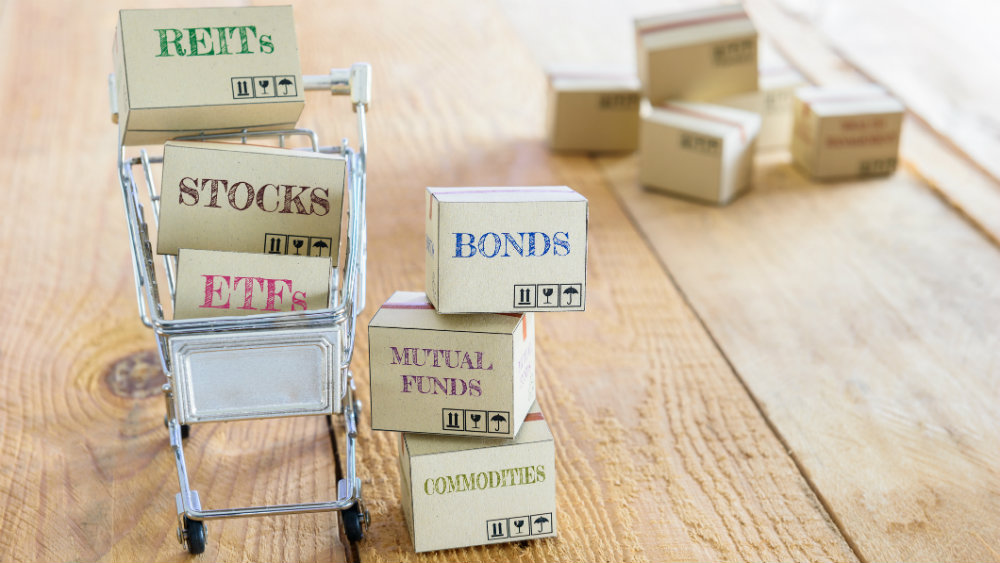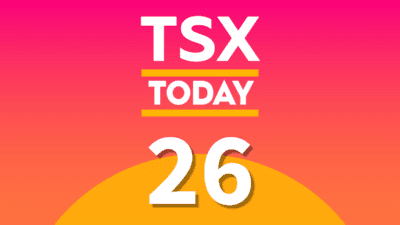Both the stock and bond markets did poorly throughout 2022, but rallied initially at the start of 2023 (the so-called “January Effect”). Unfortunately, it looks like that is now over, as stocks and bonds are once again melting down in February following worries that inflation may not be as transitory as expected.
If you’re feeling green from watching the ticker chart, my advice is to zoom out. As Warren Buffett once said: “In the short-run, the stock market is a voting machine, but in the long-run, it is a weighing machine“. When in doubt, stay the course, especially during bear markets.
If you’re waiting on the sidelines with a healthy chunk of cash, say $10,000, the uncertainty of what to invest in can be nerve-wracking. While you read up on the stock picks the Fool has to offer, my suggestion is sticking that $10,000 in a low-risk ETF that pays monthly interest.
What isn’t safe in a bear market
Everyone says to “buy the dip”, but that’s easy to do when you have no skin in the game and have the benefit of hindsight. There’s no reason why the market can’t dip more after you have “bought the dip”. If this has you worried, then maybe a high allocation to stocks is outside of your risk tolerance.
What about bonds? Bonds are safer than stocks, right? Well, yes and no. Historically, when interest rates trend low, bonds provide ballast against the volatility of stocks. With interest rates on the march higher, bonds suffered their worst year in decades throughout 2022.
So what assets are safe? Crypto? Fine wine and art? Luxury Swiss watches? Each of these assets has risk as their prices are volatile. None of them are considered “safe”. The only truly safe asset that will keep your money safe in a bear market is cash. The saying “cash is king” exists for a reason.
How do I invest in cash?
Now, there’s a better way to earn a return on your cash deposits than sticking it in a bank savings account or GIC. Investors can make use of high-interest savings account, or HISA ETFs in their TFSAs and RRSPs. These ETFs hold their assets in interest-bearing deposit accounts with Schedule 1 banks.
A great example of such an ETF is the CI High Interest Savings ETF (TSX:CSAV). This ETF has virtually no market risk or volatility. When the stock and bond markets take a dive, CSAV keeps on chugging along. As a bonus, the ETF pays monthly interest that moves in lockstep with interest rates.
Thanks to a string of aggressive interest rate hikes by the Bank of Canada, the gross yield on CSAV is currently sitting at 4.96%. After deducting its management expense ratio of 0.16%, you’re left with a 4.80% net annual yield. Not bad for an ultra low-risk investment.








